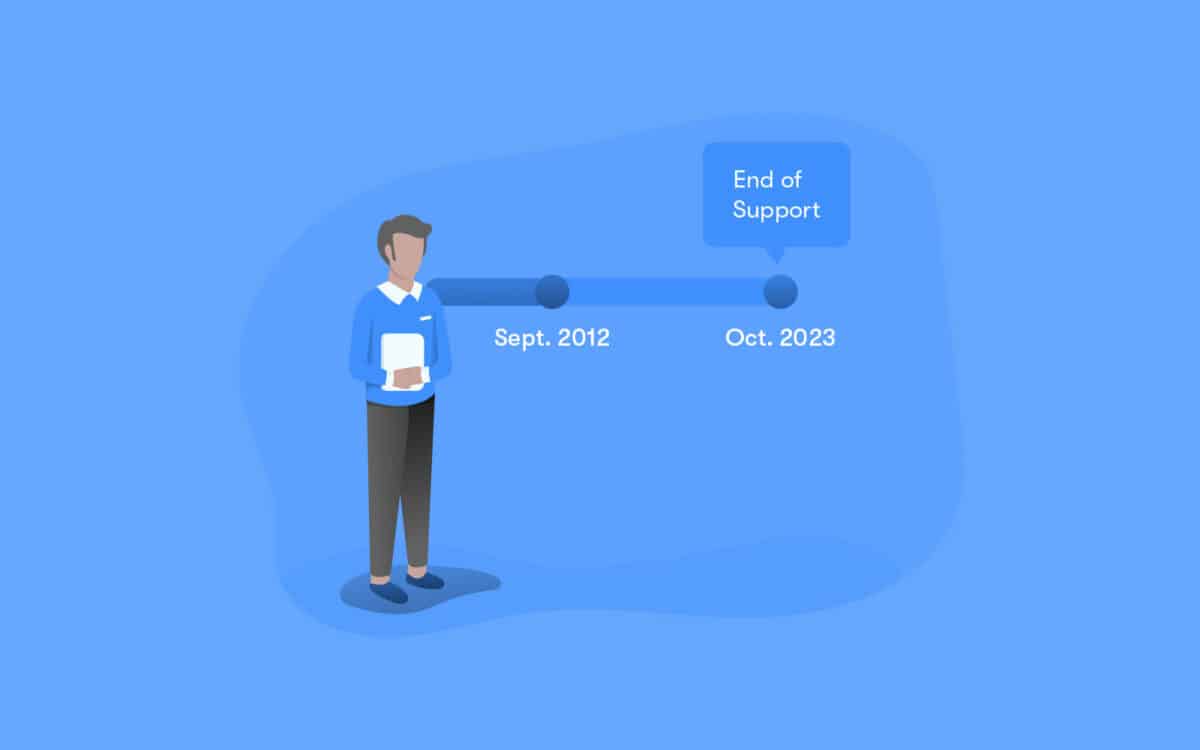On October 10, 2023, Windows Server 2012 (and R2) reaches its end of life with Microsoft. This means that Microsoft will no longer provide security patches or support Server 2012 functionality.
If your business uses Windows Server 2012 and Windows Server R2, we strongly urge you to take proactive measures now, allowing you to transition to a more up to date product. (Something you can contact us for help with, should you need it.)
What is the impact of not taking action?
- Security patches will no longer be available, leaving you open to a myriad of attacks, from ransomware, viruses, malware, and more. These threats don’t go away, we must always work to proactively prevent them, and not having an up to date operating system for your server will start to leave many open doors.
- Because there will no longer be any support from Microsoft, issues such as glitches, freezing, and crashing could be more common place. In addition to frustration, this can cause a loss of productivity for your team, as well as a rise in IT costs to manage a growing number of issues.
- Direct Microsoft Support will also no longer be available. While your internal IT team or MSP can manage this for a short period of time, there will be no assistance available if an issue needs to be escalated to Microsoft.
- You may encounter insurance-related impacts. Let’s say you suffer a ransomware attack and make an insurance claim. Those claims could be denied due to out of date software and lack of compliance.
- Eventually you will be prevented from installing new software or patches. When an operating system reaches end of life (EOL), software developers from Sage 300 to Acumatica will remove it from the list of operating systems their software needs to support.
What is the best course of action to take?
As we’ve stated, taking a proactive approach as soon as possible will allow you to better evaluate your options. It also will reduce your implementation costs, due to a longer timeline (versus an immediate timeline from reacting to a problem).
When moving away from Windows Server 2012 or Server R2, there are some incredible new opportunities to explore as well. For example, if you have on-premises servers, this could be a great time to investigate virtualization via a secure private business cloud.
This will depend upon the age of your hardware and how your network infrastructure is set configured. Nonetheless it is highly recommended to look into this before your hand is forced.
What are your next steps?
If you do not have plans to move away from Windows Server 2012 or Server R2, please discuss this with your leadership teams as soon as you’re able.
Work with your Managed Services Provider or Internal IT team to:
- Evaluate the best options
- Put a plan in place to execute the change over
- Complete and test the changeover
Britec are experts at transitions like these, if you have questions, or would like to talk with us about our recommendations (or a proposal). Please contact us, we’re here to help.

